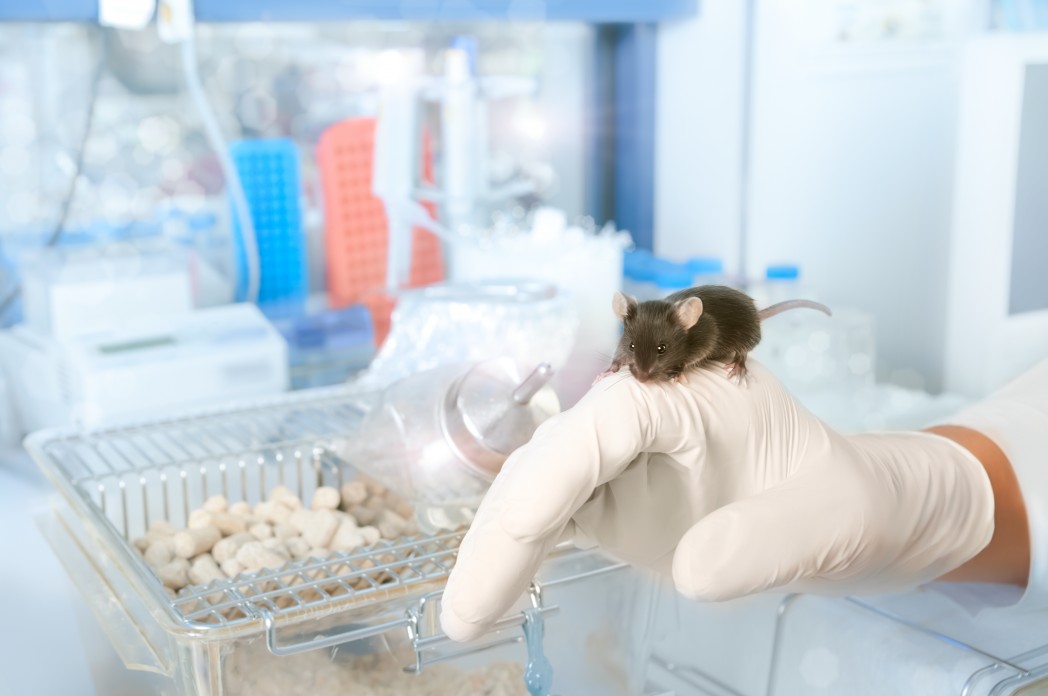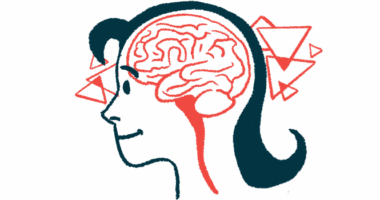First Transgenic Mouse Model of Familial ALS Created in Lab

The first transgenic mouse model for the most common type of the familial form of amyotrophic lateral sclerosis (ALS, or Lou Gehrig’s disease) has been developed by Cedars-Sinai scientists. Their research paper, titled “C9orf72 BAC Transgenic Mice Display Typical Pathologic Features of ALS/FTD,” was published in Neuron.
In independent work published in the same journal, researchers at the University of Massachusetts Medical Center created a similar type of ALS transgenic mouse model. Both efforts raise the hope that this form of ALS may one day be reversed through gene therapy.
ALS, an incurable and rapidly progressive neurodegenerative disease, is characterized by the gradual degeneration and ultimately the death of motor neurons, nerve cells in the brain and spinal cord responsible for muscle control and voluntary movement. ALS cases are divided into sporadic disease and inherited disease. According to the ALS Association, familial ALS represents 5% to 10% of all cases, and about 40% of these cases are associated with a mutation in the C9orf72 (chromosome 9 open reading frame 72) gene. This genetic variation is known to cause frontotemporal dementia, resulting in behavioral and cognitive alterations in some ALS patients.
The scientists created the transgenic mice by inserting the full human C9orf72 gene with the disease-associated expansion into the mouse genome. The mice displayed similar pathologic features observed in humans with this mutation, including accumulation of RNA in the cell nucleus and generation of insoluble dipeptide repeat protein aggregates. Importantly, the team was able to suppress these anomalies through gene therapy, by targeting the mutation with antisense oligonucleotides and blocking the mutated gene expression.
Despite the mutation-associated disease, the mice did not develop behavioral and neurodegeneration abnormalities, leading researchers to believe that RNA accumulation and mutated proteins develop pre-symptomatically. As such, these mice constitute optimal models for cellular mechanisms that cause ALS and the initial phase of the disease seen in humans. The study lead author, Dr. Jacqueline O’Rourke, said in a press release, “This makes them extremely useful for studying early stages of disease pathogenesis, and they will be invaluable tools for investigating therapeutic strategies.”
The team’s future research plans include trying to determine other causes — in addition to the C9orf72 gene mutation — such as genetics, age and environmental factors, that are necessary to initiate the neurodegeneration observed in human patients.






